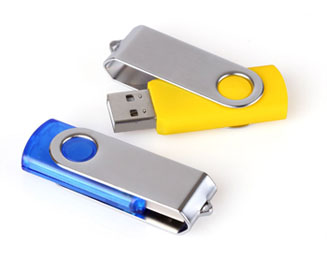Of Greener Smartphones and a Self-Balancing Unicycle
Green activists suggest that technology is one of the reasons for climate change and global warming due to its high carbon footprint. This is why a lot of companies today are making innovative products that are more eco-friendly. Such is the case of the greener smartphone and self-balancing unicycle.
Chile wants to make today’s mobile phones eco-friendlier.
High-technology electronics, including cellular phones, cars and the Tomahawk missiles, are composed of rare earth elements. Although these elements are not harmful to the environment, sourcing them and getting them out of the ground is not. Companies, like those in China, use toxic chemicals to draw out these unique elements out of clays. This results in adverse damages in the environment. But a Bloomberg report say that a company in Chile is betting that electronic companies would go the extra mile for greener methods of mining rare earth elements.
This is what the project of Minera BioLantanidos is hoping to achieve. They want to excavate the clay, place them in tanks with patented biodegradable chemicals and then extract those unique substances. On top of that, they will fill in and replant the areas where those elements were extracted.
With multi-billion companies willing to keep a reputation of being ethical and environmentally friendly, Chile seems to have a winning bet.
Commuting on a self-balancing unicycle.
If you’re idea of helping save the planet while getting into shape is to cycle your way to work, you might be interested in the Ninebot One. It’s a robotic one-wheeled transport system that will hopefully be a household item in the near future.
The Ninebot One looks like a Segway, a unicycle and a roller skate rolled into one. It’s looks a lot like the Segway as there’s a platform where you place your feet to ride and adjust your body weight to make it move. This is powered by an internal battery that charge itself in two hours. What’s great about the Ninebot is that it can reach a speed of up to 20 kilometers per hour and runs for about 6 to 18 miles per charge.
When this becomes a commonplace in the streets, there’ll be less traffic and most importantly, less pollution.






